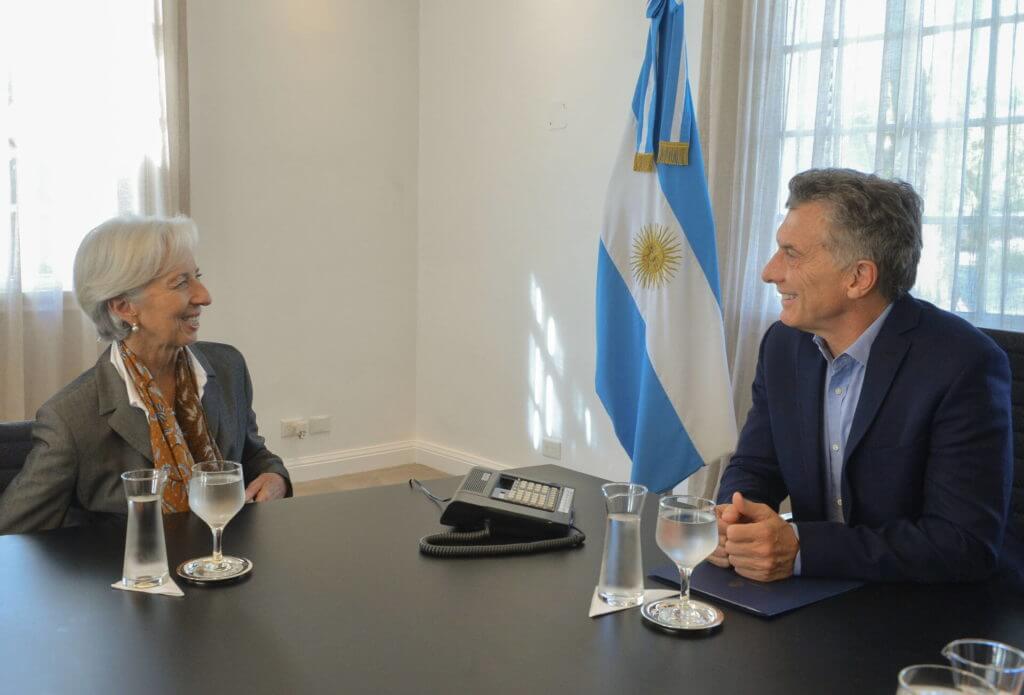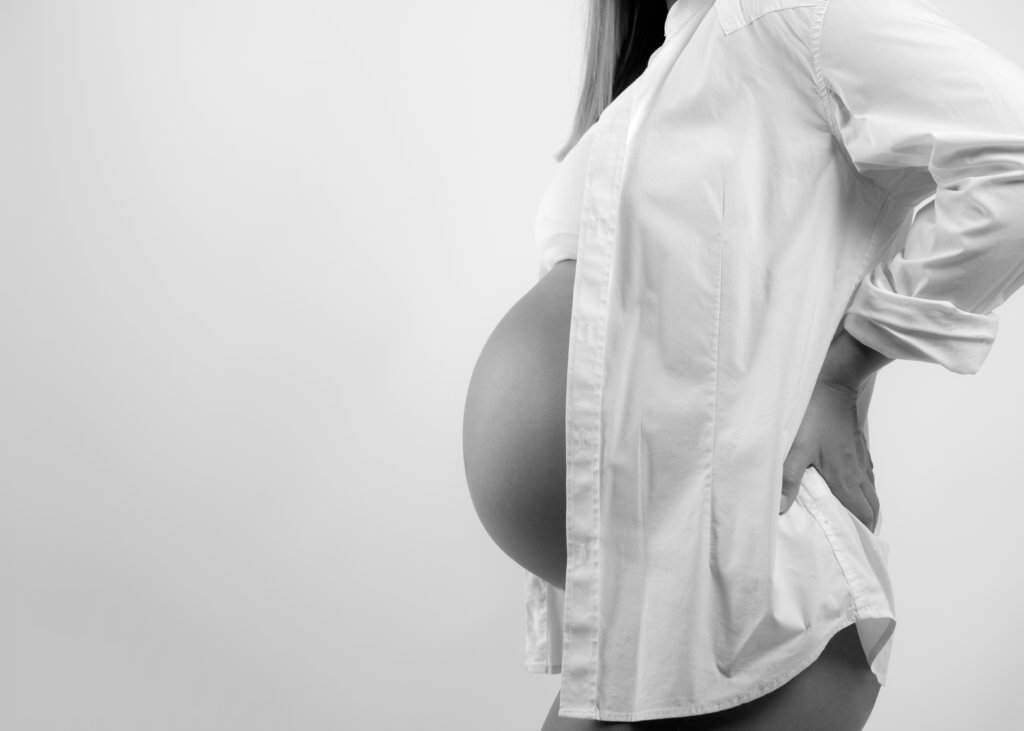Today May 2 is World Anti-Bullying Day, an initiative founded by International NGO Bullying Without Borders in 2013. Human rights expert Javier Miglino helped found the organisation in Buenos Aires, and World Anti-Bullying Day is now celebrated in over 53 different countries, according to their website.
A UNESCO report estimates that 246 million children and adolescents could be victims of some form of bullying during their time at school. This could have negative effects on their learning as bullied children are more likely to play truant or even drop out of school, warns the report.
The main reasons children are bullied are due to appearance (25%), ethnicity or national origin (25%) and gender or sexual orientation (25%), and the NGO’s website affirms that this causes 200 deaths every year.
La Nacion reports that in a 2015 report, Argentina was one of the worst countries for bullying, with 4 out of 10 children saying they had been bullied, and the country has a high rate of suicide amongst young people. Diario Popular reported in 2014, 438 children and adolescents between the ages of 10 and 19 took their own lives.
Bullying in Argentina is rising dramatically, with annual cases rising from 822 in 2013 to 2,907 in 2017 according to a Bullying Without Borders report. The report also looked at the causes behind bullying specifically in Argentina, and the results are very different to the national UNESCO results.
For girls, the main reason bullying occurs is due to beauty, which comprised 45% of the cases. Getting good academic results came second with 25% and physical defects came in at 15%. The main reasons for boys however were being bad at sport, good academic results and being good-looking, with levels of violence rising amongst boys.
Adolescence and puberty are the times when almost everyone falls prey to feeling self conscious or negative about their physical appearance. The fact that bullying can take place for those who are deemed beautiful and for those with physical defects projects a depressing picture where the only way to be safe is to be as nondescript as possible.
Miglino, who wrote the report, warned that these were worrying results, and consequences could already be seen in the country.
“We had the case of Lara Tolosa in La Plata, as well as at least 12 suicide attempts (11 girls and a boy) who tried to take their own lives because they couldn’t face the daily torture of bullying at school.”
Lara Tolosa was a 15-year-old girl who shot herself in the face in the middle of a geography lesson at her school in Buenos Aires Province said CNN Español.
Bullying is an issue that needs to be addressed at home and in school, among students, parents and teachers. The UNESCO report states that 30% of children who are bullied tell nobody, and less than 10% turn to a teacher, with reasons for not telling anyone due to feelings of shame, fear or the belief that bullying is normal, or nobody can help them
Cyberbullying is also on the rise, with the number of children admitted to being bullied online rising from 8% to 12% between 2010 and 2014. This online abuse affects girls disproportionately across almost all countries in the report, but especially in the USA and Canada, where girls were twice as likely to have fallen victim to cyberbullying.
UNESCO reports that Argentina and Chile are working to combat these worrying trends by focusing on teacher training, workshops for students, and parental guidance, as well as clinical care for victims and bullies to prevent future incidents.











